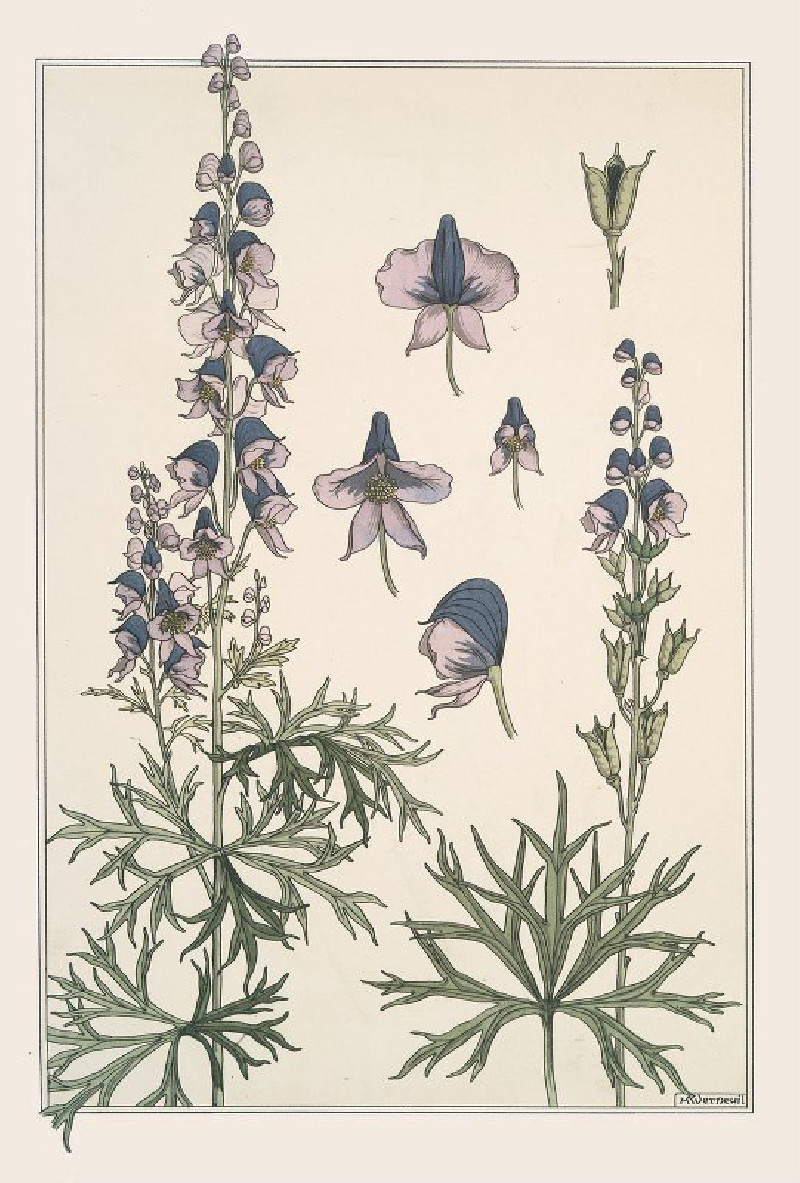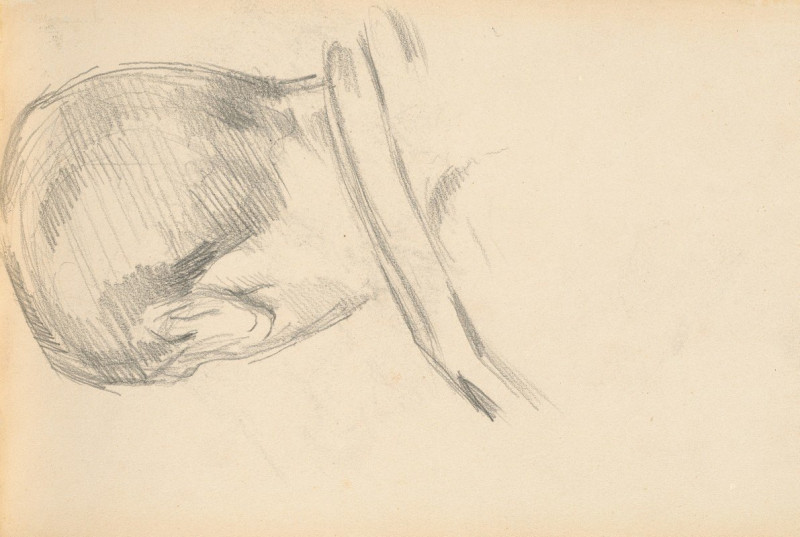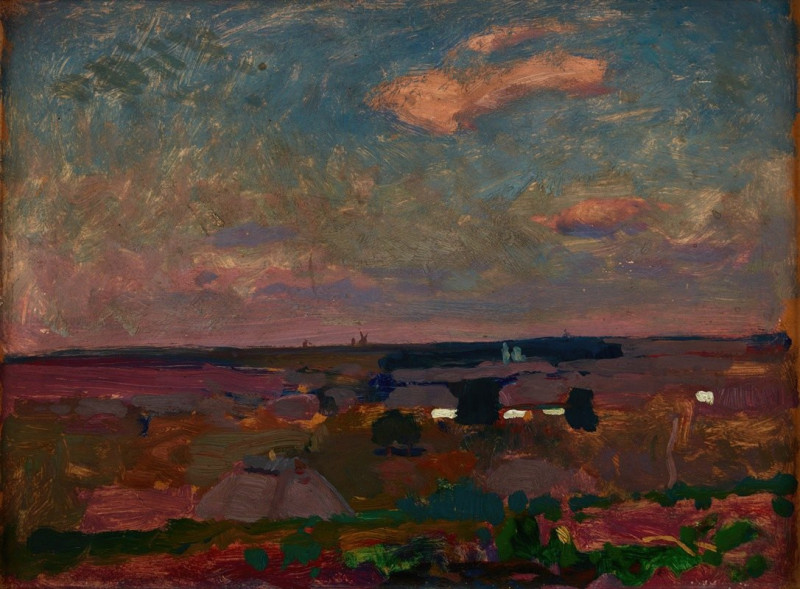Chardon 1 (1896)
Technique: Giclée quality print
Recommended by our customers
More about this artwork
"Chardon 1" by Maurice Pillard Verneuil, created in 1896, is a striking example of Art Nouveau design, highlighting the style's affection for natural forms and intricate, decorative patterns. This painting portrays an elaborate arrangement of thistle motifs, known in French as 'chardon', beautifully intertwined with sinuous floral patterns that convey both symmetry and organic growth. The color palette of muted greens, browns, and blues adds a subtle elegance to the composition, emphasizing the influence of natural elements in Art Nouveau artwork.The image consists of several layers, each contributing to a cohesive aesthetic tableau. At the top, a band features six-pointed star-like figures, bordered with light and dark contrasting lines that draw the viewer’s eye downward. The main central panel depicts a dense, intertwined thistle pattern, with each bloom gracefully arching towards the center, creating a rhythmic, harmonious interface. Below, the artwork presents a more architectural element, with column-like designs that ground the fluidity of the organic shapes above in a more structured form. This foundation transitions into another intricate layer, showcasing smaller floral elements, suggesting a continuous interplay between the constructed environment and natural world.Maurice Pillard Verneuil's "Chardon 1" not only exemplifies the beauty and complexity of Art Nouveau but also invites viewers to contemplate the unity between art and nature—a characteristic hallmark of this period's aesthetic.
Delivery
Returns
Maurice Pillard Verneuil was a French artist and decorator in the Art nouveau movement. He was born in Saint-Quentin, France. Maurice Pillard Verneuil learned his trade from the Swiss designer Eugène Grasset. Maurice Pillard Verneuil then went on to become a well-known artist and designer. He was inspired by Japanese art and nature, particularly the sea. He is known for his contribution to the art deco movement and, in particular, his use of bold, floral designs in ceramic tiles, wallpapers and other furnishing textiles.














































